calsfoundation@cals.org
Curtis (Clark County)
Curtis is an unincorporated community located along State Highway 67, nine miles south-southwest of the Clark County seat of Arkadelphia. Originally used as a refueling stop for trains along the Iron Mountain Railroad, it became a timber community heavily dependent on the surrounding forests. During the mid-1900s, the community became home to a successful semi-professional baseball team. Today, like many of its neighbors, the community has dwindled due to the decline in the area’s timber industry.
The community was established in the 1870s, largely due to promotional brochures distributed by the railroad, advertising the area and encouraging people to settle there. It was originally established as a fuel chute along the Iron Mountain Railroad. At first, the fuel chute only supplied wood to the railroad traffic; however, the chute was later converted to dispense coal. The first train stopped in the community on June 20, 1873, to a small celebration by the local residents and friends of the railroad. The community had not yet been named, and when it was suggested that one be given, the engineer of the first train to refuel asked that the community be named for him. Thus was it named Curtis in his honor. By 1880, the railroad had also established a depot at Curtis.
In 1880, there were only five men and their families living in the small community: Jess Adams later became a pharmacist. George T. Munger, who came from Michigan, practiced medicine in the area. Andrew Kohins, a carpenter and native New Yorker, came with the railroad. John Jenkins, a Welshman, made his living as an itinerant photographer. Artim Hortman, a carpenter, was the only African American in the area.
Like many of the other small communities of its time, Curtis quickly became dependent on the timber industry. Manufacturing of lumber from the forests surrounding Curtis became the backbone of the community. Several mills were located in and around the area. The largest of these, the Thomas Brothers Mill at Curtis, functioned until it was destroyed by fire in 1952. The mill facility consisted of a sawmill, dry kilns, a planing mill, lumber sheds, and open storage “stacks.” Additionally, there was an area known as “mill camp,” in which many of the mill workers resided, and a commissary.
In 1881, a Welsh colony consisting of 100 families was established in Curtis. These families established a church in the community. A Swedish colony also soon settled in the area. In 1874, a post office was established with David Teague as its first postmaster. School was first taught by Asa Townsend; later, a school building was established. In addition to the sawmill, a cotton gin existed for several years in Curtis to serve nearby farmers. It, too, was destroyed by fire around 1952.
During the 1940s, baseball became a favorite pastime for the citizens of Curtis and the surrounding area. In the post–World War II era, Curtis was home to an amateur team composed primarily of local players, as well as a semi-pro team. The semi-pro team was managed by R. W. “Witt” Stevenson and included players from Ouachita Baptist College (now Ouachita Baptist University), Henderson State Teachers College (now Henderson State University), and other nearby towns. The semi-pro team won at least two state championships and played in the national championship. The baseball field built for the two teams was surrounded by a wooden fence and contained a grandstand.
During the summer of 1940, a detachment of the U.S. Army personnel was bivouacked at Curtis for several weeks at three different locations. While stationed in the community, the unit established a warehouse on the school grounds. During this time, Lieutenant General Ben “Yoo-Hoo” Lear, commander of the Second Army, made visits to the area to inspect the troops.
During the 1950s, the community suffered several natural disasters. On Sunday, March 26, 1950, a tornado struck Curtis. There were no reported fatalities, but one person was seriously injured. The tornado did, however, damage or destroy several homes in the community. In 1952, disaster once again struck the small community, this time a fire. The Thomas mill, which had served as the backbone for the community for years, was destroyed. Additionally, the cotton gin was destroyed by fire around 1952.
Today, like many of the former timber communities surrounding it, Curtis has dwindled. The community relies heavily on nearby Arkadelphia and Gurdon (Clark County). The Curtis school was consolidated with the Arkadelphia School District in the early 1960s. The community is linked to its neighbors by State Highway 67 and is still in proximity to the railroad. The Union Pacific Railroad runs just east of the community.
For additional information:
May, Joe. The Way We Were: A Pictorial History of Clark County. Hurst, TX: Curtis Media, 1995.
Richter, Wendy, ed. Clark County, Arkansas: Past and Present. Arkadelphia, AR: Clark County Historical Association, 1992.
Jacob Worthan
Henderson State University
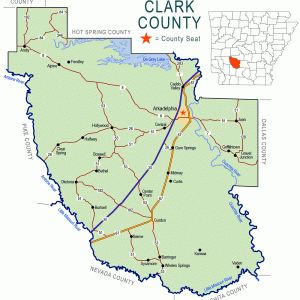 Clark County Map
Clark County Map 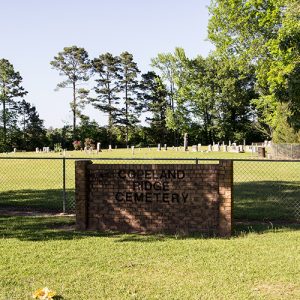 Copeland Ridge Cemetery
Copeland Ridge Cemetery 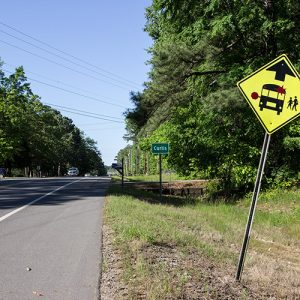 Curtis
Curtis 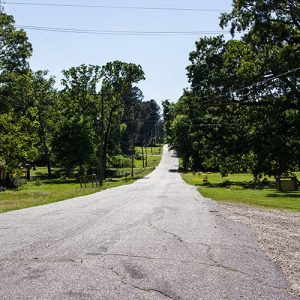 Curtis
Curtis 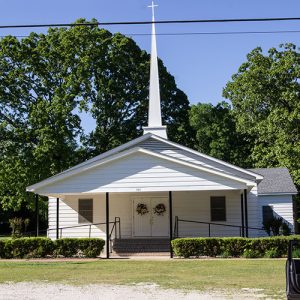 Curtis Baptist Church
Curtis Baptist Church 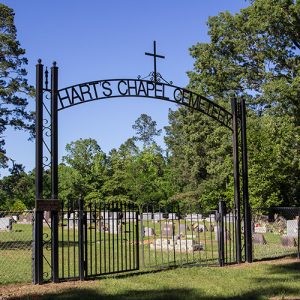 Hart's Chapel Cemetery
Hart's Chapel Cemetery 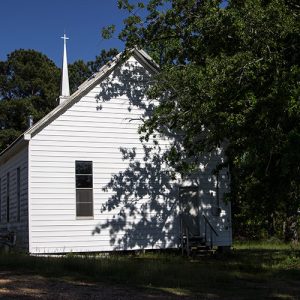 Hart’s Chapel Methodist Church
Hart’s Chapel Methodist Church 




My husband and I live in the Thomas house half a mile west of the railroad occultism road. House has been here for nearly ninety years. Beautiful old home and property!